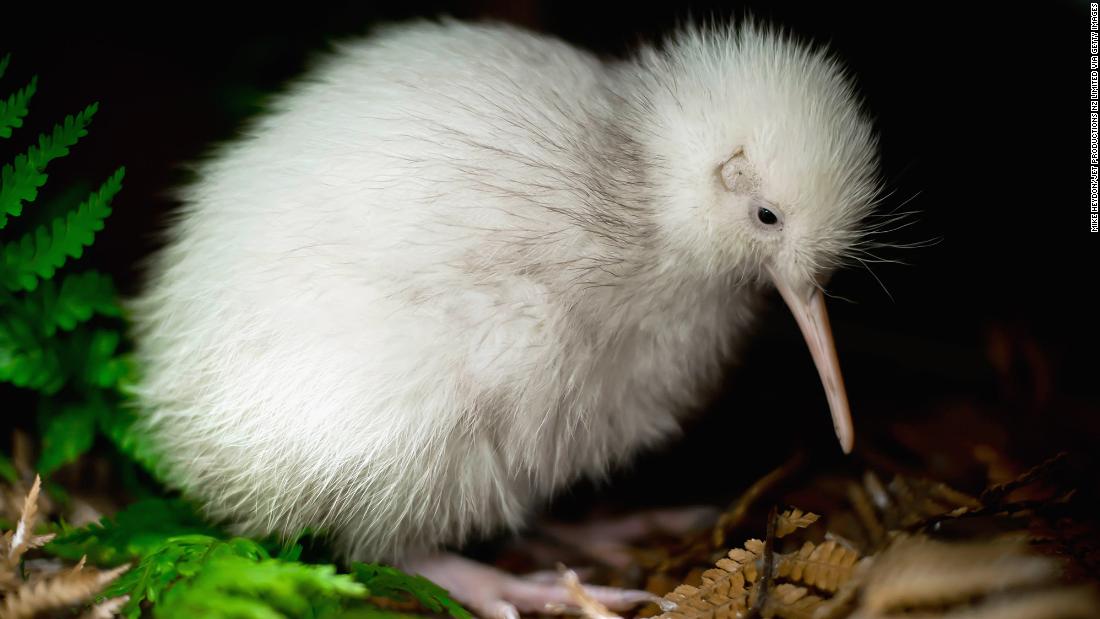
The North Island brown kiwi was hatched in Pūkaha in May 2011, with a rare genetic trait that resulted in white feathers instead of the standard brown.
Manukura was seen as a “tremendous blessing” by the local Rangitāne o Wairarapa tribe, who saw her as a unifying symbol, according to the nature center statement.
She even inspired a book by Joy Cowley, one of New Zealand’s most prolific children’s fiction authors, as well as a range of stuffed animals and other memorabilia.
“Over the past 10 years, she has delighted crowds and, in her own quiet way, put the spotlight on the precarious situation of kiwis in the wild,” said Kathy Houkamau, Department of Conservation operations manager, Wairarapa, who is the center manager was with Pūkaha when Manukura hatched. “She will be sorely missed.”
Manukura was taken to specialist vets in early December after her caregivers noticed she was not eating and losing weight, the statement said.
Vets found an unfertilized egg that the kiwi was unable to lay. Although their surgery to remove it was successful, she required more surgeries and her health continued to deteriorate over the following weeks.
“Manukura is very much part of the Pūkaha family and we have always felt so blessed that Manukura has helped us tell the conservation story of the Aotearoa,” said Emily Court, Pūkaha’s general manager, adding that it was “one of the saddest days”. the animal center. Aotearoa is the Māori name for New Zealand.
Although white kiwis are found in the wild, they are considered so rare that it is highly unlikely to see one in its natural habitat.
According to the New Zealand Department of Conservation, about 68,000 kiwis are left – and 2% of unmanaged kiwis are lost every year. Threats include predators such as ermines, dogs, cats and ferrets.
Manukura is survived by her younger brother Mapuna, who is part of Pūkaha’s captive breeding program.